Introduction to User-Friendly Website Design and Its Importance
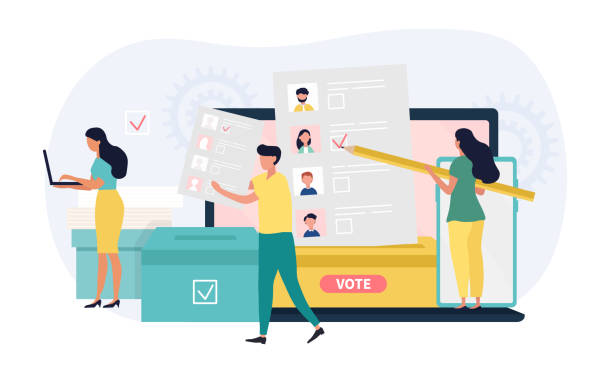
In today’s digital world, having a website alone is not enough; what matters is user-friendly website design.
A well-designed and #user-friendly website not only attracts more visitors but also converts them into loyal customers.
The importance of this lies in the fact that today’s users are looking for a smooth, fast, and enjoyable experience, and if your website cannot meet these needs, they will quickly leave it.
The concept of #user-friendly website design goes beyond visual aesthetics; it also includes ease of use, accessibility, and high efficiency.
In fact, the main goal is to create a strong and effective communication bridge between your business and your audience.
To understand this topic more deeply, we must address the question: “How can a website maximize user engagement?” This section provides an explanatory and guidance comprehensive look at understanding the foundations of this field and highlights its importance in your digital success.
Next, we will explore various aspects of web design that lead to an ideal user experience.
Are you concerned about your e-commerce site’s low conversion rate and not achieving your desired sales?
Rasaweb is your specialized solution for a successful e-commerce site.
✅ Significant increase in conversion rates and sales
✅ Professional and user-friendly design to satisfy customers
⚡ Ready for a transformation in online sales? Get a free consultation!
Key Principles of User Experience (UX) Design

User experience (UX) design is the cornerstone of user-friendly website design.
This field addresses all aspects of user interaction with a product or service.
The first key principle of UX is Usability; the website must be easy to navigate and understand.
Users should be able to effortlessly find what they are looking for and complete their tasks.
The second principle is Accessibility, which ensures that the website is usable by all users, including those with disabilities.
This includes using alt text for images, appropriate color contrast, and keyboard navigation.
The third principle is Value; the website should create real value for the user and meet their needs.
This section includes specialized and analytical content that demonstrates how, by understanding user needs and behaviors, we can design a truly useful product.
Visual navigation, responsive design, and fast loading times are also important factors that help improve the user experience, directly impacting user-friendly website design.
For more information on UX, you can refer to Farsi Wikipedia.
User Interface (UI) and Its Role in Visual Appeal

Alongside user experience (UX), user interface (UI) is responsible for the visual aesthetics and direct user interaction with the website.
Good UI means attractive colors, readable fonts, high-quality images, and organized arrangement of elements, all of which contribute to creating a user-friendly website design.
This part of the design includes all buttons, icons, forms, typography, and every element that the user sees and interacts with.
The visual appeal of UI not only forms the user’s first impression but also influences their emotions and feelings while using the website.
A poor UI can overshadow even the best UX.
Therefore, coordination between visual aesthetics and functionality is highly important.
This aspect of web design has an entertaining and educational nature, as designers must constantly learn new trends and improve their visual skills.
Below is a table presenting some key UI elements and their role in creating a desirable user interface.
| UI Element | Role in Visual Appeal and Functionality | Example |
|---|---|---|
| Typography (Fonts) | Text readability, brand personality conveyance, visual aesthetics | Choosing appropriate fonts for headings and main texts |
| Color Palette | Creating a specific mood, visual differentiation, guiding the user | Using contrasting colors for Call-to-Action (CTA) buttons |
| Icons | Shortening understanding path, saving space, increasing appeal | Gear icon for settings, home icon for homepage |
| White Space | Increasing readability, reducing clutter, guiding the user’s eye | Sufficient spacing between paragraphs and visual elements |
| Images and Graphics | Attracting attention, conveying information, creating a professional feel | Using high-quality images relevant to the content |
Easy Navigation and Optimal Information Structure
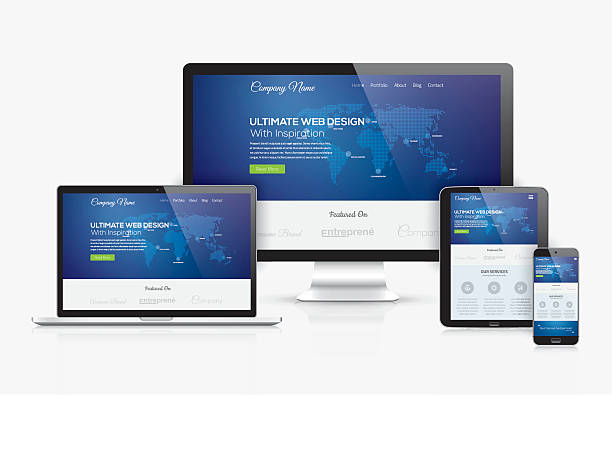
One of the most important pillars of user-friendly website design is easy navigation and optimal information structure.
Users should be able to move easily from one section of the website to another and find the information they are looking for without confusion.
A clear and logical navigation menu, smart use of internal links, and an efficient sitemap all contribute to creating a seamless navigation experience.
Information Architecture deals with organizing and labeling content in a way that is understandable and findable for users.
This stage often begins before visual design and builds the foundations of a user-centric website.
This section provides educational and guidance content on how to create a logical structure for a website through careful planning and understanding of user behavior patterns.
Good navigation not only helps users but also aids SEO (Search Engine Optimization), as search engines prefer websites with a logical structure.
Hierarchical structure, logical categorization, and the use of clear labels for links are among the aspects that must be carefully considered to provide an unparalleled user experience.
Tired of your e-commerce site getting visitors but no sales? Rasaweb solves your main problem with professional e-commerce website design!
✅ Significant increase in sales with targeted design
✅ Flawless user experience for your customers
⚡ Get a free consultation!
Loading Speed and Responsiveness in Design
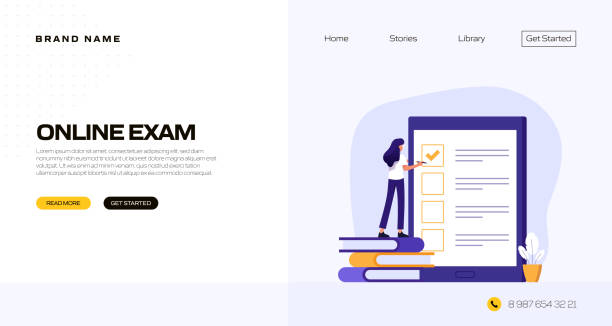
In the current digital age, speed is paramount.
Users expect websites to load in a fraction of a second, and if this doesn’t happen, they quickly leave.
Loading speed is a critical factor in user-friendly website design, directly affecting the bounce rate and ultimately your website’s success.
Image optimization, reducing the number of HTTP requests, using caching, and leveraging Content Delivery Networks (CDNs) are among the key solutions for increasing speed.
In addition to speed, Responsiveness is also highly important.
Given the variety of devices, including mobile, tablet, and desktop, your website must be able to automatically adapt to the user’s screen dimensions and provide a seamless user experience.
This is not only essential for an unparalleled user experience, but Google also prioritizes responsive websites in its rankings.
This section offers a specialized and news-oriented perspective on the latest standards for website performance optimization and compatibility, which is vital for every web designer and business owner.
These factors indicate an ideal website design.
Engaging and Understandable Content for Users
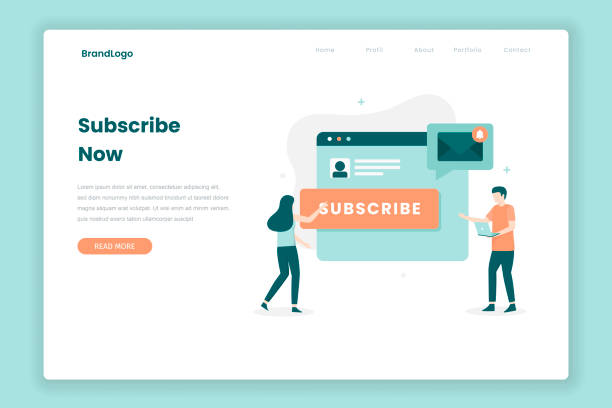
Content is king, and this statement holds truer than ever in the realm of user-friendly website design.
Even the best graphic design cannot save weak or confusing content.
Engaging and understandable content means texts that not only provide the user with the necessary information but are also written in a smooth, concise, and unambiguous manner.
Using simple language, avoiding complex jargon (unless necessary), breaking text into short paragraphs, using headings and subheadings, and bulleted lists all contribute to improving readability.
Images, videos, and infographics can also add to the content’s appeal and convey information more visually and effectively.
Your content should be thought-provoking to encourage user contemplation and curiosity, and also entertaining to keep them on the website for longer.
This section explains how to turn content into a powerful tool for increasing engagement and improving the overall user experience.
Producing content that is both valuable and contributes to user-friendly website design is an art that requires deep research and understanding of the target audience.
Tools for Evaluating and Improving User-Friendly Design

User-friendly website design is a continuous process, requiring ongoing evaluation and improvement after launch.
Numerous tools and methods exist for measuring and increasing user satisfaction and optimizing their experience.
Among these tools is Google Analytics for analyzing user behavior (such as bounce rate, time on page, and navigation paths).
Heatmaps and Session Recording tools like Hotjar, provide valuable insights into how users interact with page elements.
A/B testing is also a powerful method for comparing two versions of a page or element to determine which performs better.
Additionally, gathering direct feedback from users through surveys, interviews, and Usability Testing provides firsthand information for improvement.
This section offers an analytical and educational approach to quantitative and qualitative methods for evaluating website effectiveness and identifying weaknesses, which helps in the continuous optimization of user-friendly website design.
| Tool/Method | Primary Use | Data Type (Qualitative/Quantitative) |
|---|---|---|
| Google Analytics | Traffic analysis, user behavior, conversion rate | Quantitative |
| Heatmaps | Examining click points, scrolls, and user attention | Qualitative (Visual) |
| Session Recording | Replaying user interactions with the website | Qualitative |
| A/B Testing | Comparing the performance of two versions of a page or element | Quantitative |
| Usability Testing | Observing users while performing tasks and gathering feedback | Qualitative |
| Surveys | Collecting direct feedback from users about their experience | Qualitative and Quantitative |
Security and Privacy in User-Centric Website Design
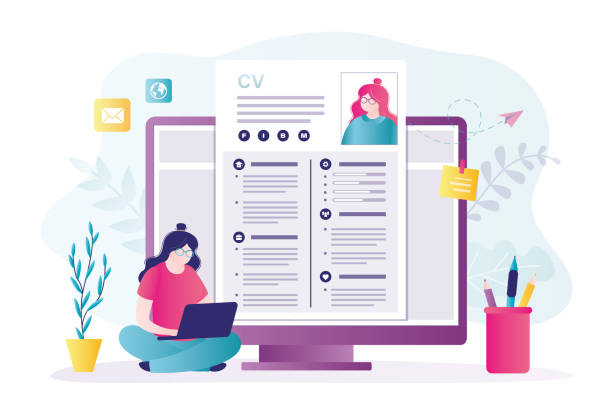
In the information age, security and privacy are two vital aspects that cannot be overlooked in user-friendly website design.
Users expect their personal information to be secure and their privacy respected.
A website that lacks sufficient security or disregards user privacy quickly loses their trust and ultimately harms the business’s credibility.
Using HTTPS protocol, implementing SSL certificates, adhering to security standards related to data storage, and transparently informing about data collection and usage methods all contribute to creating a secure and reliable online environment.
This section provides an explanatory and specialized overview of the importance of cybersecurity and the necessary measures to protect user data in line with user-centric website design.
Raising awareness about privacy policies and offering options for users to control their data are among the actions that significantly help reinforce trust and create a desirable user experience.
Adherence to these principles will ultimately lead to increased user satisfaction and loyalty.
Tired of your e-commerce website not generating income up to its potential? Rasaweb, specializing in professional e-commerce website design, solves this problem forever!
✅ Increased sales rate and revenue
✅ High load speed and unparalleled user experience
⚡ Get a free e-commerce website design consultation!
Advanced Tips and Future Trends in UX/UI Design

The world of UX/UI design is constantly evolving, and to maintain a user-friendly website design, one must keep pace with new trends.
Artificial Intelligence (AI) and Machine Learning (ML) are changing how users interact with websites, from smart chatbots to content personalization based on user interests.
Augmented Reality (AR) and Virtual Reality (VR) also hold significant potential for creating interactive and immersive web experiences, especially in areas like e-commerce.
Voice UI and headless UIs are other trends gradually gaining ground, taking the user experience to new dimensions.
Emphasis on simplicity and minimalism, along with subtle animations and micro-interactions, remains a top focus for designers.
This section provides an analytical and news-oriented look into the future of web design and discusses how to prepare for these transformations to ensure your website remains a user-friendly website.
Adapting to these emerging technologies and trends guarantees effective and continuous communication with the audience in the future.
Conclusion and Next Steps in User-Friendly Website Design
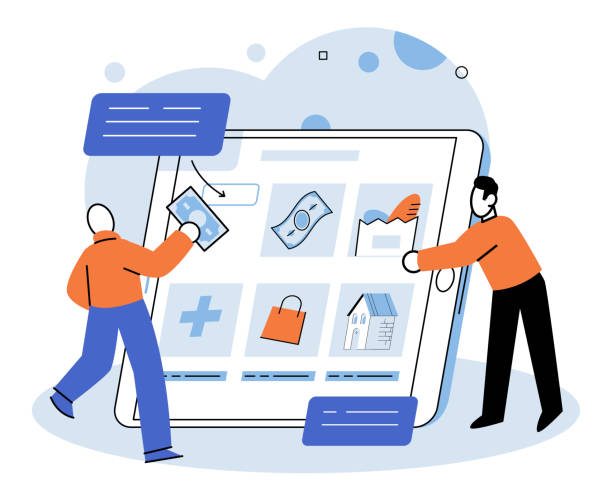
In this article, we comprehensively discussed various aspects of user-friendly website design; from the importance of User Experience (UX) and User Interface (UI) to the role of speed, content, security, and future trends.
It became clear that a user-centric website is not just an option, but a necessity for success in today’s competitive landscape.
By focusing on user needs, providing quality content, ensuring security, and utilizing new technologies, you can create a website that not only attracts visitors but also converts them into loyal customers.
The next steps in this journey include continuous data analysis, listening to user feedback, and regular website updates based on the latest web design standards.
This guidance and educational approach helps you consistently provide an unparalleled user experience and stay ahead of competitors.
Remember that user-friendly website design is a continuous journey of improvement, and with every change and update, your website takes a step towards perfection.
Frequently Asked Questions
And other services of Rasa Web Advertising Agency in the field of advertising
Smart Data Analysis: A fast and efficient solution for increasing click-through rates with a focus on custom programming.
Smart Website Development: A combination of creativity and technology for analyzing customer behavior by optimizing key pages.
Smart Content Strategy: A professional solution for digital branding with a focus on customizing the user experience.
Smart Google Ads: A creative platform for improving sales increase with attractive UI design.
Smart Data Analysis: A fast and efficient solution for increasing sales with a focus on attractive UI design.
And over hundreds of other services in the field of internet advertising, advertising consulting, and organizational solutions
Internet Advertising | Advertising Strategy | Sponsored Articles
Resources
User-Friendly Website DesignPrinciples of Attractive Web DesignUser Experience TipsBuilding a Successful Website
? To elevate your business in the digital world and establish a powerful and influential presence, Rasaweb Afarin Digital Marketing Agency, specializing in key areas such as user-friendly website design, Search Engine Optimization (SEO), and targeted advertising campaigns, smooths your path to growth.
📍 Tehran, Mirdamad Street, Next to Central Bank, Kazeroon Janoubi Alley, Ramin Alley No. 6

